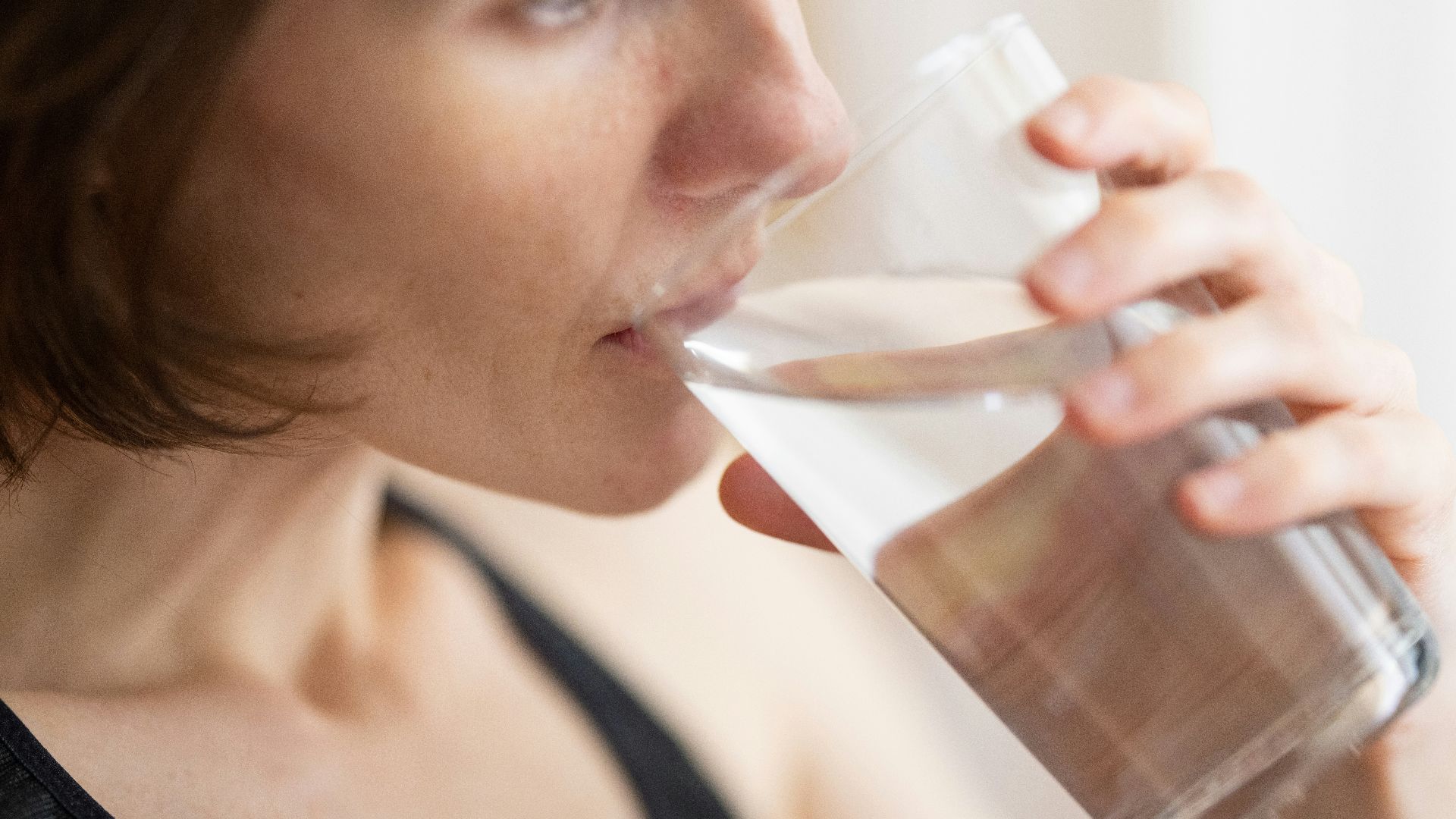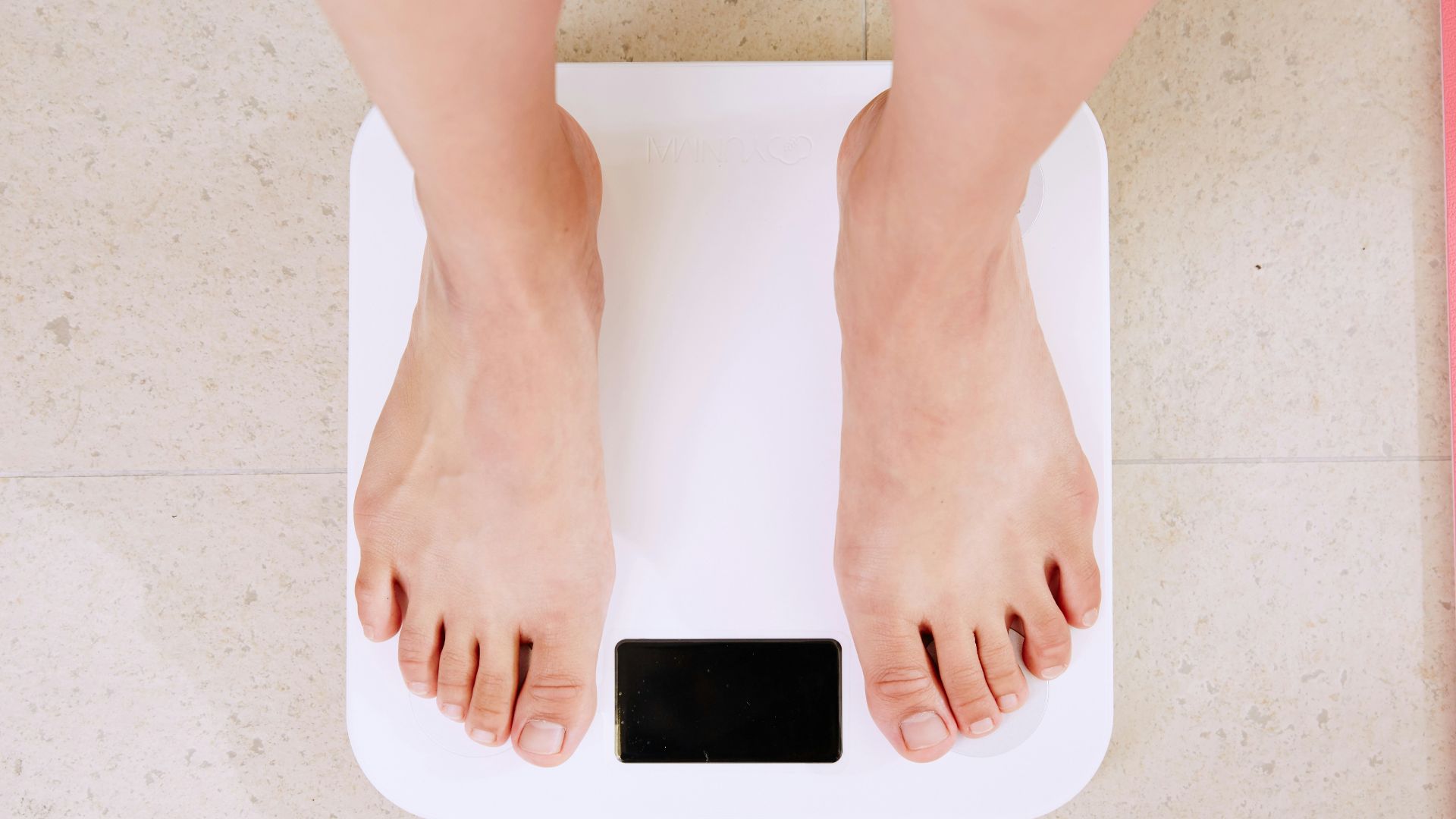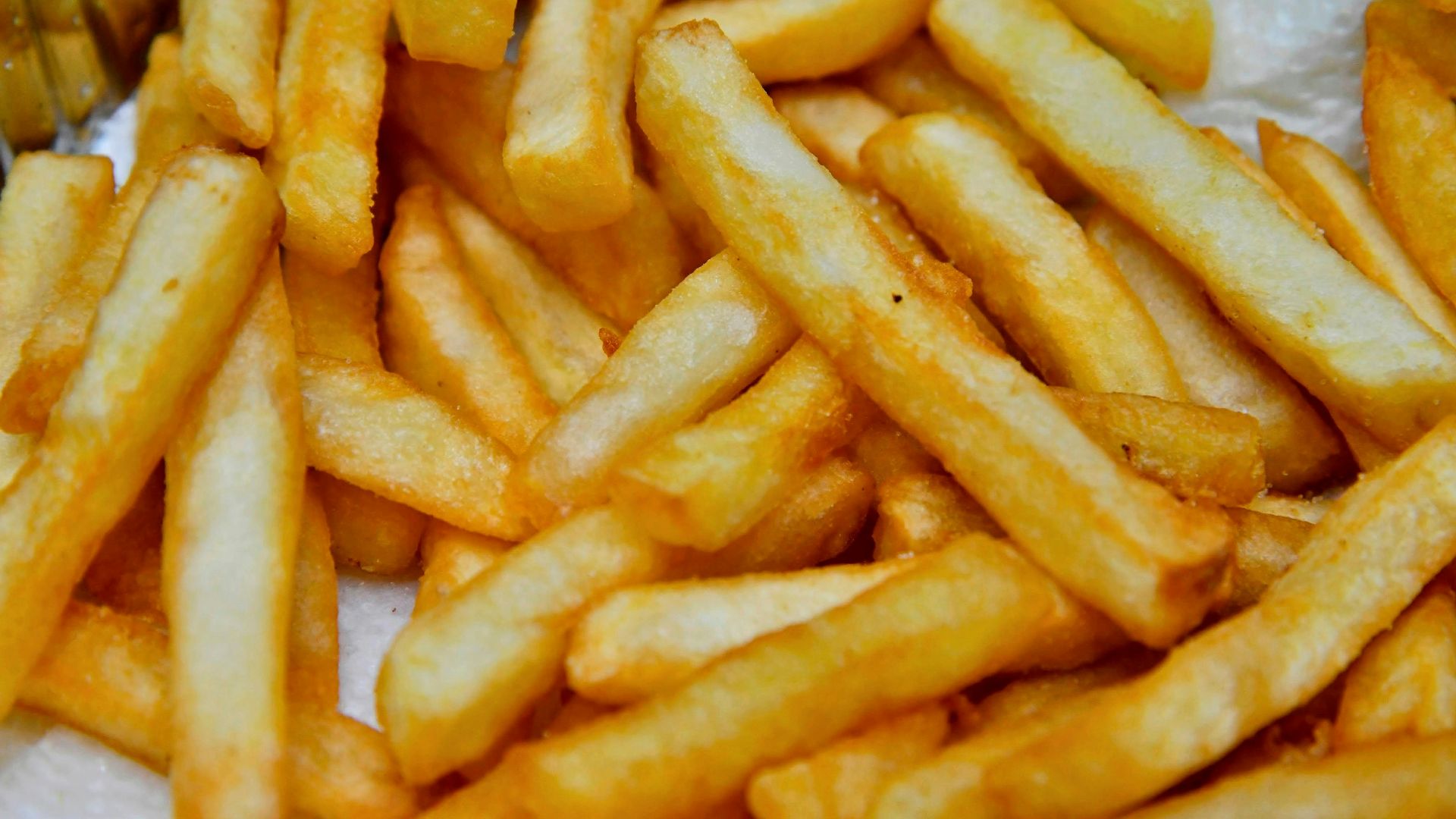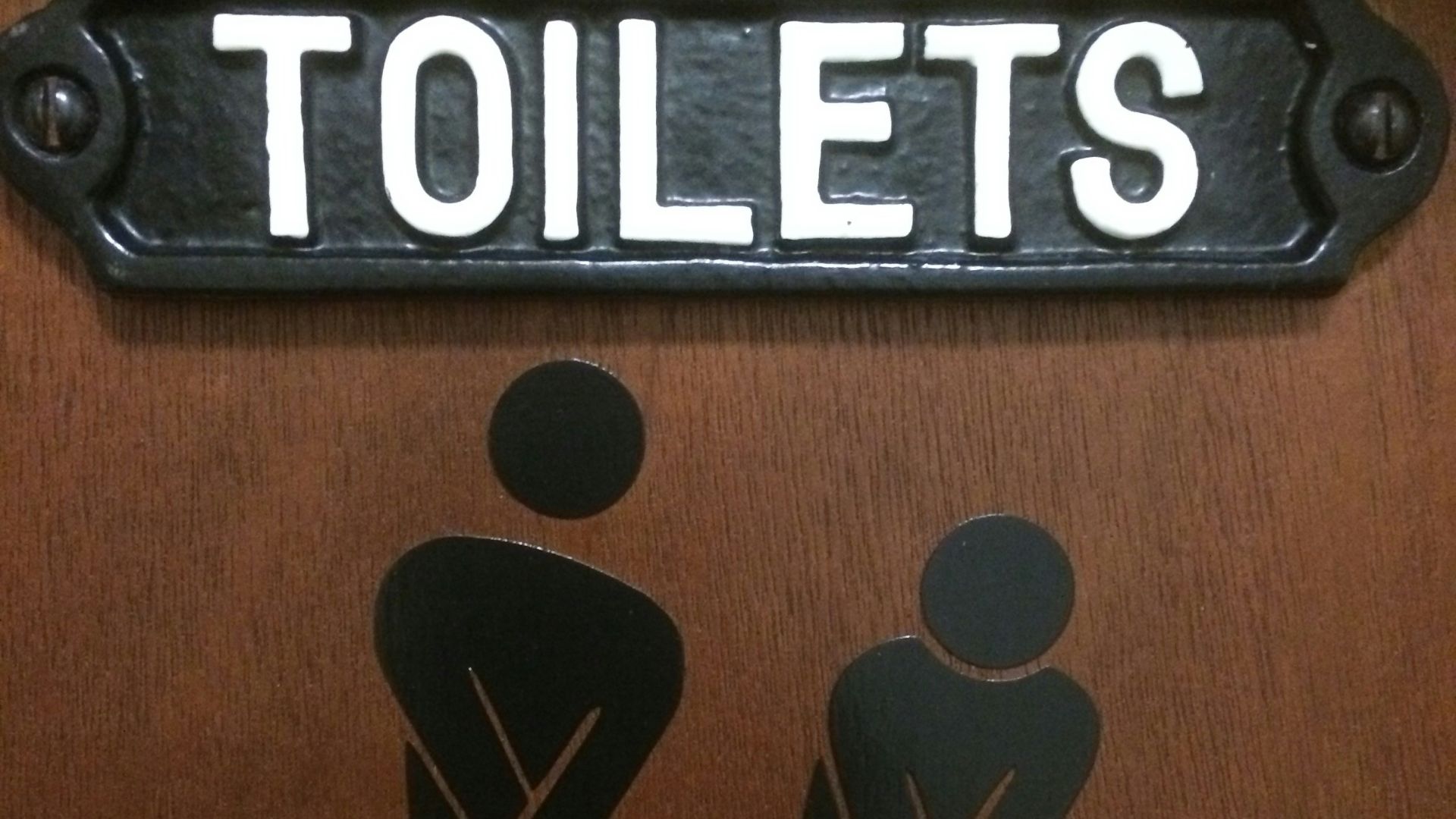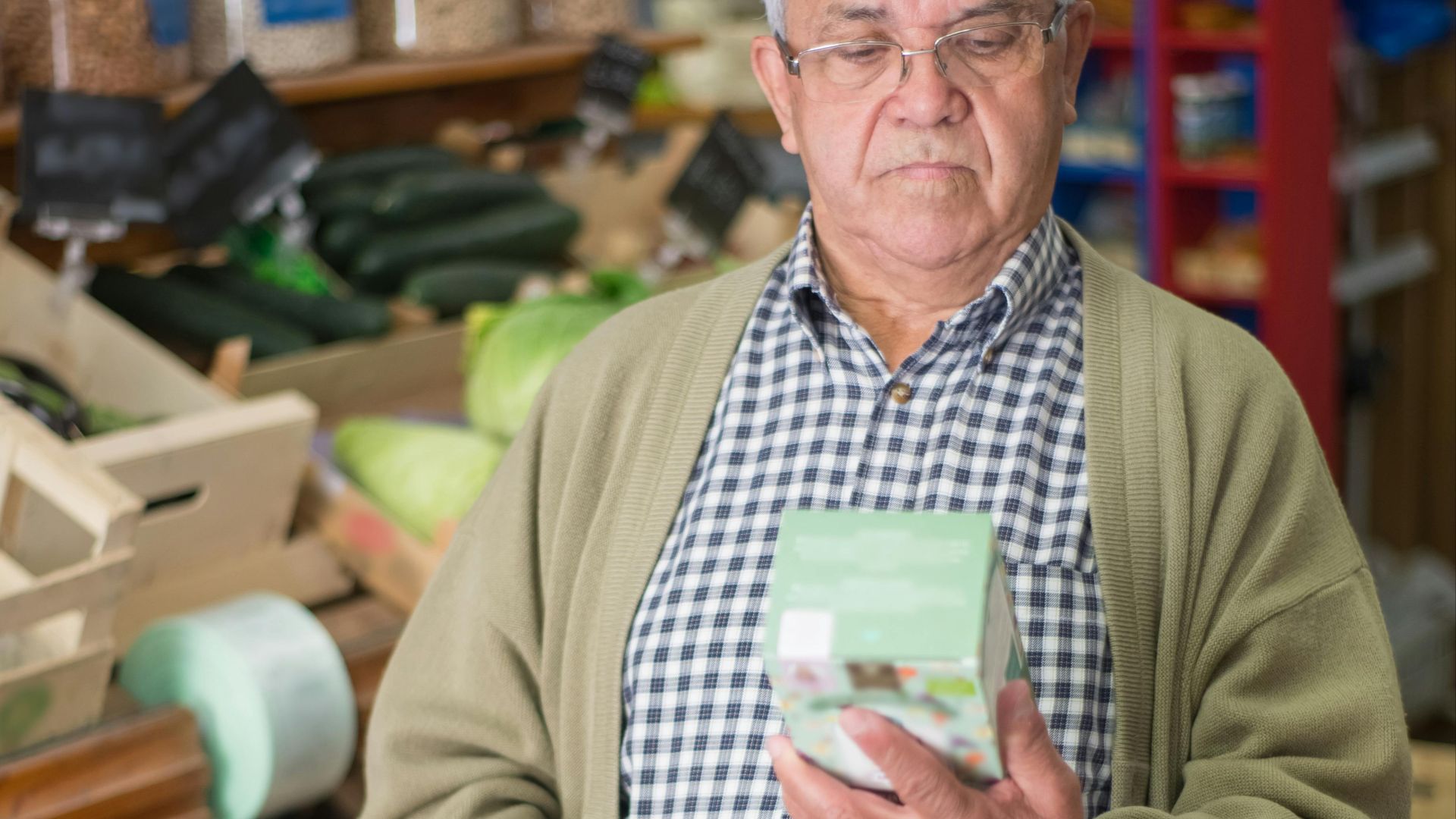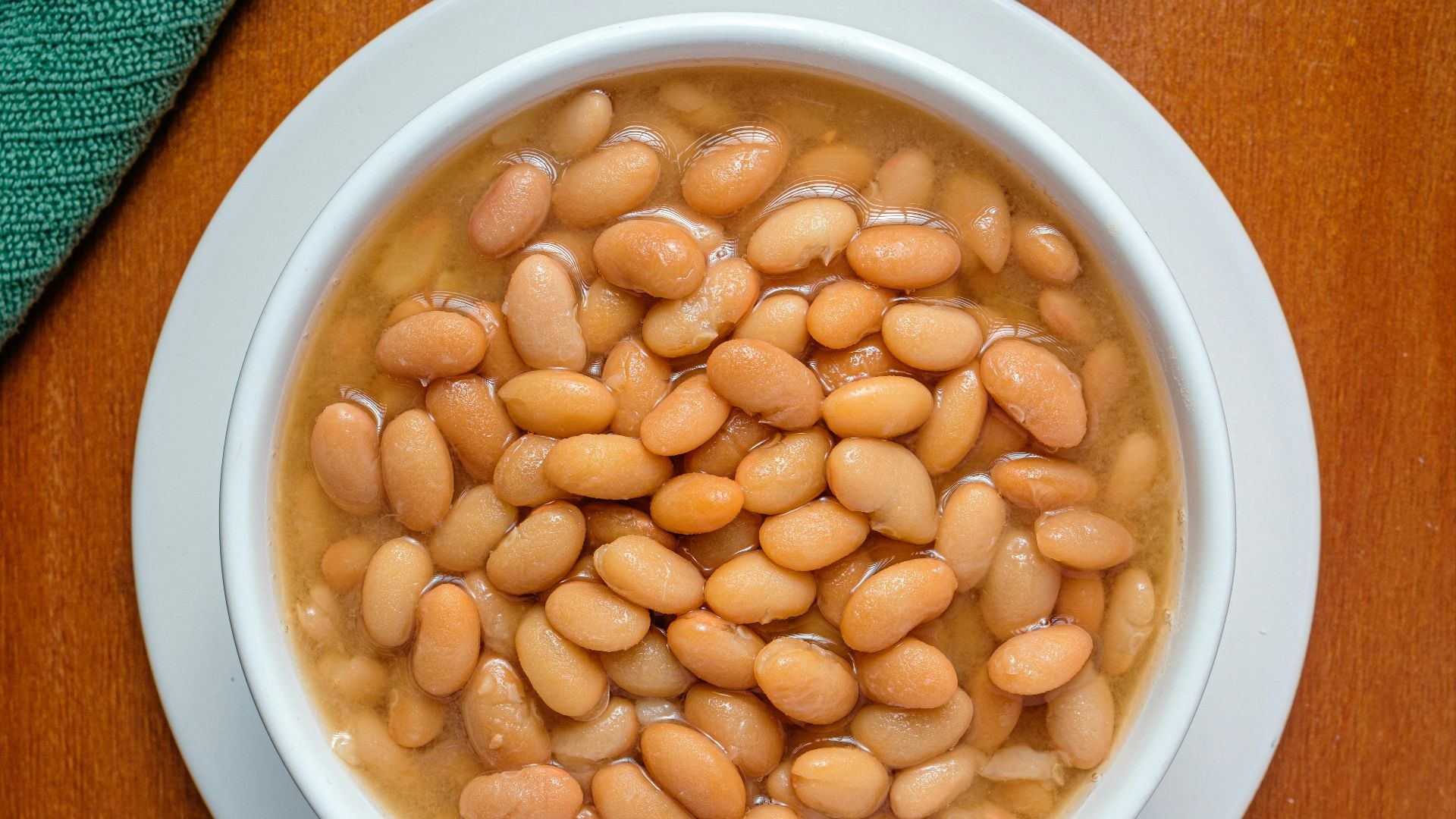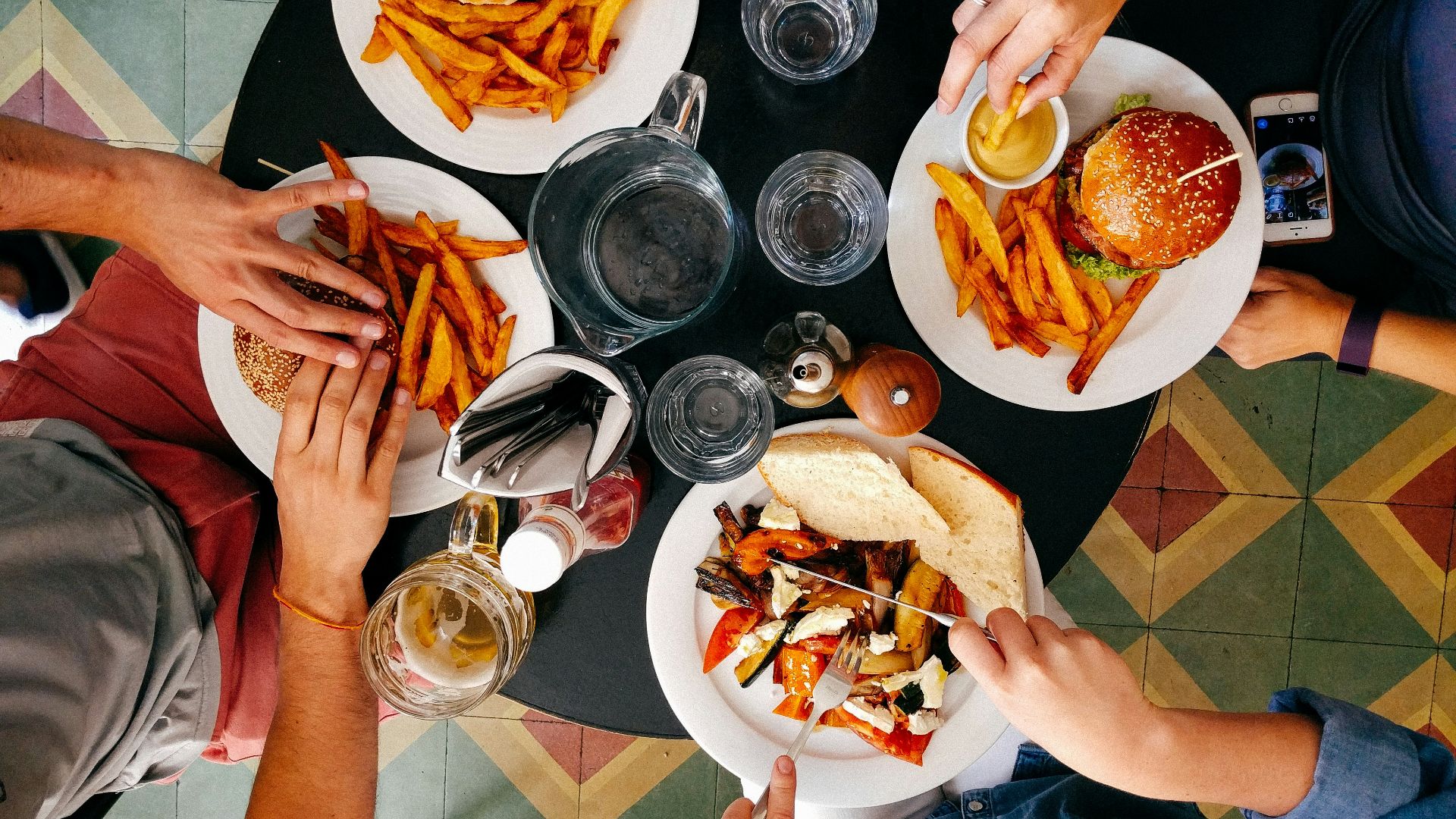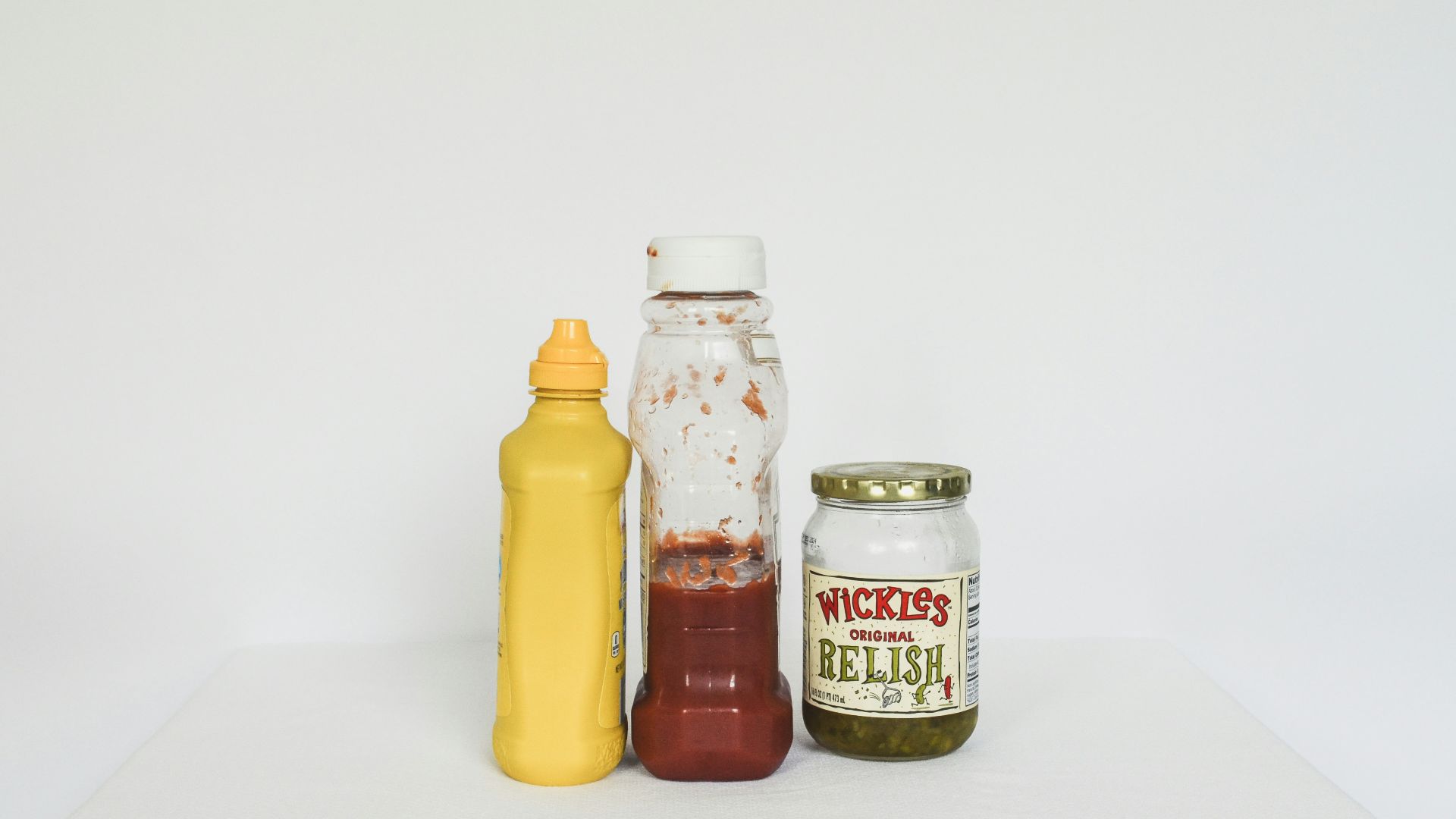10 Signs You're Getting Too Much Sodium In Your Diet & 10 Ways To Reduce
Feeling Salty?
If you're questioning whether you're getting too much salt in your diet, the answer is probably yes. The vast majority of the world consumes far more sodium than recommended (less than one teaspoon a day). Most of us know that too much salt isn’t great for our health, but excess sodium can sneak into our diet in surprising ways, and too much can cause health issues. Here are 10 signs you're eating too much salt and 10 strategies to reduce it.
1. You're Constantly Thirsty
Your body needs water to balance high sodium levels because sodium pulls water out of your cells and makes your kidneys retain water. As a result, you feel thirsty and seemingly unable to quench your thirst.
2. Swelling & Puffiness
When you have too much sodium, your body has to work hard to keep the balance of fluids and electrolytes stable. Sodium pulls water into the bloodstream, and the excess fluid leaks into surrounding tissues, causing certain areas, like the hands, feet, and face, to puff up.
3. Bloating
A high-sodium diet can cause your stomach to bloat because it starts to retain water. It can also slow your digestion because it changes the balance of electrolytes in your gut.
4. Frequent Headaches
Having too much sodium is dehydrating, and dehydration is the most common trigger of headaches. It causes the brain to temporarily contract, creating pain.
5. Sudden Weight Gain
Weight gain from too much sodium isn't from fat—it's from water retention. You can gain several pounds overnight just from having too much salt.
6. Craving Salty Foods
Ironically, having a high-sodium diet makes you crave more salt. This is because your taste buds change and become desensitized to salt. It also activates the brain’s dopamine reward system.
7. Fatigue
Sodium causes dehydration, poor sleep quality, and strain on your kidneys. Your body has to work much harder to maintain fluid and electrolyte balance, leading to fatigue.
8. Sleep Disruptions
When you have too much sodium, especially at night, you feel more thirsty, bloated, and an increased need to urinate. All of these things can disturb your sleep and lead to daytime tiredness.
9. Frequent Urination
When you consume a lot of salt, your body produces more urine because it needs to flush out the excess sodium to restore fluid balance. At the same time, high sodium levels trigger thirst, causing you to drink more.
10. High Blood Pressure
Because excess sodium pulls water into your bloodstream, the overall volume of the blood increases. This means more pressure on the blood vessels, causing high blood pressure.
Now that we've talked about the signs that you get too much sodium in your diet, let's go over strategies for lowering your sodium intake.
1. Cook at Home
When you cook at home instead of eating out all the time, you can control how much salt goes into your food. You would be surprised how heavy-handed most professional cooks are with salt.
2. Remove The Salt Shaker From The Table
Many of us are in the unhealthy habit of reaching for the salt shaker automatically when the food hits the table. Removing the salt shaker from the table breaks this autopilot action.
3. Flavor With Herbs & Spices
Instead of relying on salt to make food tasty, use herbs and spices instead. Get creative with garlic, onions, pepper, and fresh herbs to add flavor.
4. Choose Fresh
Go for fresh or frozen vegetables instead of canned or prepared ones to avoid added sodium. This applies to poultry, fish, and meat as well.
5. Read Labels
When choosing packaged foods, always check nutrition labels. Choose products with a lower percentage of the Daily Value (5% or less is considered low).
6. Rinse Canned Items
You might think you're making a smart choice by choosing to cook with a can of healthy beans, but this may actually be a hidden source of sodium. Make sure to rinse the beans thoroughly to wash away any excess salt.
7. Avoid Processed & Packaged Foods
While it's hard to fully avoid every bit of processing, try to reduce the amount of packaged foods in your diet. Especially snacks like chips and popcorn are incredibly high in salt.
8. Ask For Modifications At Restaurants
When you go out to eat, get in the habit of politely asking the kitchen to use less salt. Most chefs are incredibly accommodating and will readily adjust.
9. Choose Low-Sodium Snacks
When choosing snacks, opt for lightly salted varieties. Snacks don't have to be potato chips—they can be fresh stuff too, like nuts, fruit, or vegetables.
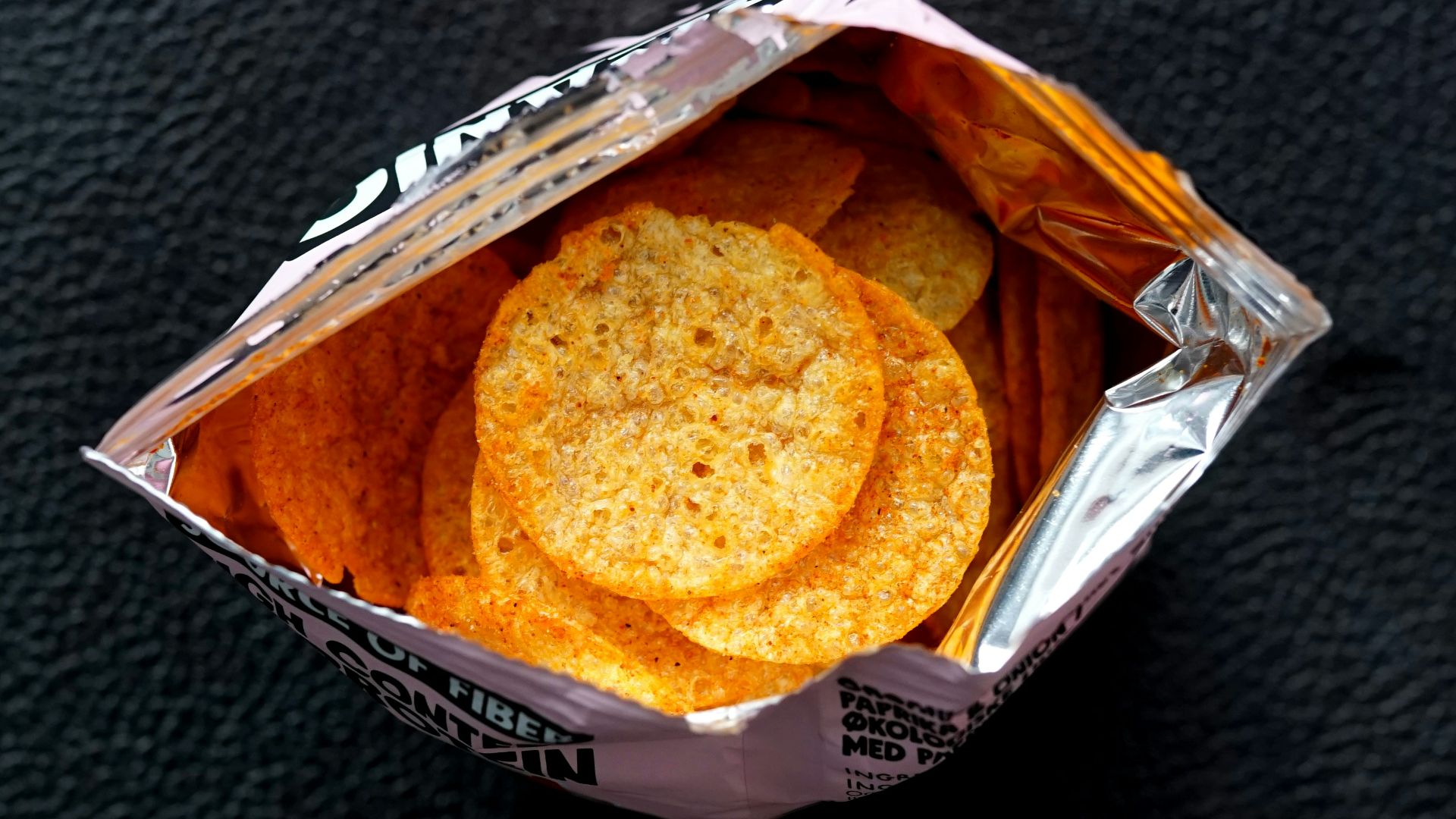 THE ORGANIC CRAVE Ⓡ on Unsplash
THE ORGANIC CRAVE Ⓡ on Unsplash
10. Don't Overdo It On Condiments
Condiments like mayonnaise, mustard, ketchup, and even hot sauce are incredibly high in sodium. Don't ruin all of your hard work cooking with low salt by slathering on too many condiments.
KEEP ON READING

20 Foods With Shocking Origins You'd Never Believe




